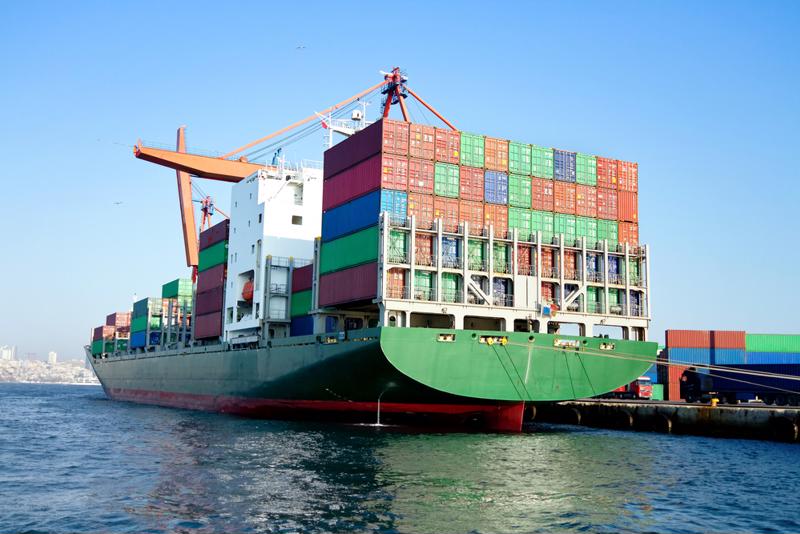Indeed, over the course of 2020, almost 1,500 companies across the U.S. announced reshoring efforts, adding up to an estimated 161,000 jobs coming back to the U.S., according to the latest data from The Reshoring Initiative. As a consequence, the total number of jobs brought back to America since 2010 now stands north of 1 million. The reshored jobs announced last year was the second-largest total observed since 1997.

The most common reason why companies brought jobs back to the U.S. — cited by nearly one-quarter of companies making these changes — was quality of work, the report said. More than 200 companies said freight costs were their biggest motivating factor, and nearly as many indicated that risk around supply chain interruption, natural disaster or political instability were at issue.
What comes next?
Despite all these reshoring initiatives, the number of jobs specifically in the supply chain that are coming back to American locales may be somewhat muted, according to The Economist Intelligence Unit. While there have been efforts on the part of U.S. policymakers and legislators, the odds that there is going to be a boom of reshoring between this year and 2025 are not seen as particularly likely.
"North America boasts several advantages — including years of economic integration, a large free-trade area, short travel times and new opportunities for policy coordination under USMCA," said Andrew Viteritti, the Economist's commerce and regulations lead. "However, a number of obstacles will prevent businesses and investors from viewing North America as a realistic production substitute for Asia, at least through the medium term."
Among these obstacles: A still-fraught relationship between Canada and the U.S. over tariffs and new rules intended to bolster American production, as well as emerging political concerns in Mexico, which could make it more difficult for the U.S. to have a nearby production and trading partner, the report said. As such, while things are certainly trending in the right direction, the improvements won't make up the ground lost over several decades.
Still on the table
With that in mind, however, the latest Thomas Industrial Survey Report shows that roughly 5 in 6 manufacturers say they are "likely" or "extremely likely" to reshore some operations in the near future. After all, the disruptions that accompanied the pandemic laid bare problems related to availability, lead time, total costs and more. Consequently, this could bring as much as $443 billion in economic benefit.
Reshoring may not be a viable option for everyone in the supply chain, but when companies can at least evaluate their options, they may be able to find ways to improve their logistics efforts overall.



Post A Comment:
0 comments so far,add yours